Senior Projects 2019
Lillian Nicholas and Zachary Hammons
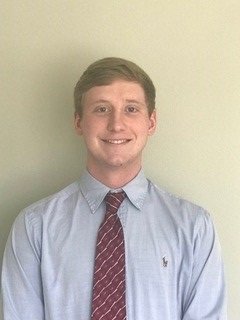
Client: Miller Construction Services
Our senior project consists of working with Miller Construction Services to add more functionality to their existing project management system. Currently, employees have search for and manually enter similar projects into an excel spreadsheet for comparison. Our new features will allow employees to automate comparing the cost of similar projects and keep a detailed record of the results.
Yon Su Kim and Arizza Santos
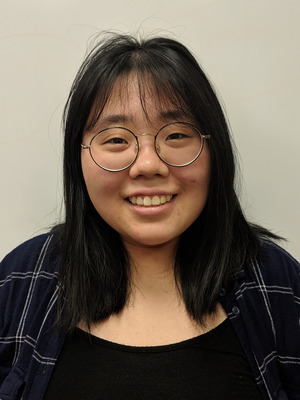
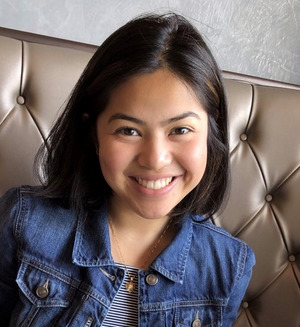 DEB (Dry Erase Board) Usage Analysis System
DEB (Dry Erase Board) Usage Analysis System
Client: Mr. Matthew Treskon, Technology Librarian at LNDL
This project builds on top of the existing tool developed by 2018 Loyola graduate, William Quintano, which tracks the interactions that library patrons have with the library's mobile dry erase boards (DEB).
There are three main goals associated with the project: report low battery life to library administrators, locate the mobile DEBs and display usage data in graph visualizations. The Raspberry Pis used in the system require charging when the batteries runs low. In order to notify the library administrators to charge the batteries, the system will send an email notification after checking the battery status of the Raspberry Pis every 30 minutes. To locate the mobile DEBs, the system will implement indoor location tracking through the use of beacons and scanners. The usage data and location data will be displayed on a web application to be used by the client. This system will assist library administrators with business decisions and locating "missing" mobile DEBs.
Sydney Pugh
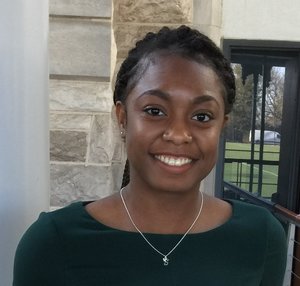
Research advisor: David Binkley
Software Change Impact Analysis aids developers by suggesting software artifacts (e.g. methods or files) potentially impacted by his or her current changes to a software system. Several promising techniques use evolutionary coupling uncovered through targeted association rule mining (e.g. TARMAQ). Targeted association rule mining uncovers relations between artifacts from transactions relevant to a query in a system's change history. However, for queries with no relevant transactions, current algorithms cannot make a recommendation. This paper proposes we evaluate change impact for a similar query to the original for such queries. We explore different ways of defining similarity, namely Term Frequency--Inverse Document Frequency (TF-IDF) and source code clone detection.
Christina Russo and Peter Alves
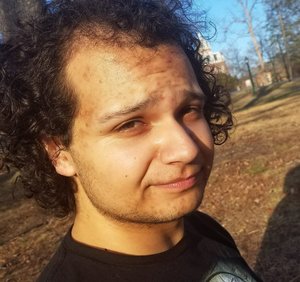
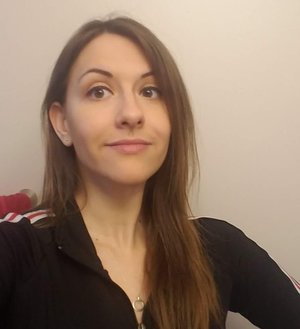
Serverless Web Application Trainer
Client: Steve Feldman with Contrast Security
SWAT is a purposely vulnerable web application that aims to teach its users about
the vulnerabilities that come with serverless computing.
This application uses AWS services to implement its website while also outlining the
Top 10 OWASP serverless vulnerabilities. SWAT is organized into a game where users
can play freely through a text based adventure but also manipulate the system to exploit
the specifically designed vulnerabilities.
Trent Holsborg and Dylan Graham

Client: Matthew Treskon
The “Library & Study Room Occupancy Monitor” system is a monitor of the number of students both in the Library and Study Room at any given time. Our client, Matthew Treskon, is the technology librarian for the Loyola-Notre Dame Library. He is interested in gathering information at the Library regarding the number of students that use the Library on a given day, as well as how many students are occupying a study room at a given time. This system functions by receiving a signal from break-beam sensors connected to a Raspberry Pi. These sensors send a message that they have been triggered. The Raspberry Pi then sends a message to a database with information that will keep track of the number of students in the library and the study rooms within the library. The goal of the system is to keep track of the occupancy of the library and the study rooms within it.
Mariana Armelin, Jonny Armstrong, Andy St. Jean
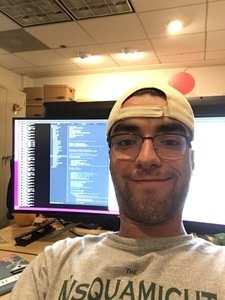
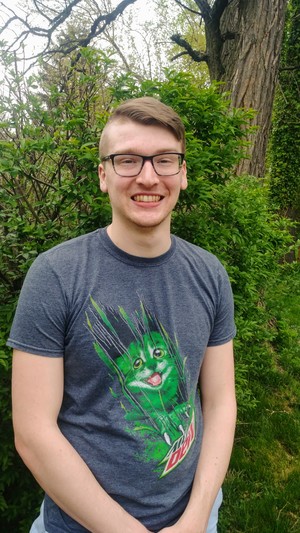
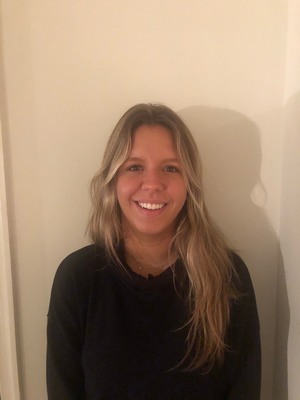
Client: Jason Moreland
For our senior project we worked with Jason Moreland who is the President and Founder of CoraMed Solutions. His company is involved with facilitating the reliable and rapid sourcing of comparator drugs to be used in clinical trials. Comparator drugs are used in comparator studies which focus on the efficacy of a drug relative to a drug that is already on the market. Clinicaltrials.gov houses theses studies, but there is not a reliable way to extract only comparator studies from its data. Our project takes the entirety of the clinical trials data and filters it so that only comparator studies remain with the Beautiful Soup and Scikit-learn Python libraries. These studies are then housed in a database using SQL and when queried the relevant results are presented to the user in the form of a CSV file that can be opened in Microsoft Excel. With the help of this project, CoraMed will be able to free up resources spent sifting through clinicaltrials.gov data to find comparator studies so that they may more effectively deliver optimal drug sourcing solutions.
Nicole Schneider
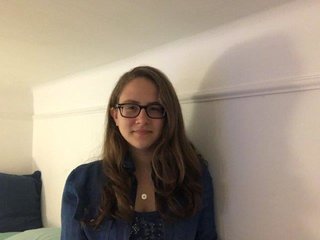
My research project explores the viability of a combinatorial approach to testing Deep Neural Networks in self-driving cars. We leverage the work previously done in using metamorphic relations to automatically generate a test oracle of images by slightly perturbing real seed input images, and comparing the Deep Neural Network's output on the original and the perturbed image. This research applies a combinatorial technique to the guide the decision of which types of perturbations (i.e. image transformations) are applied to the different seed images. We explore whether ensuring that 2-way interactions between transformations occur in the test set generated makes a difference in the level of neuron coverage the test set achieves.
Joseph Pirone and Gilchrist Toh-Nyongha
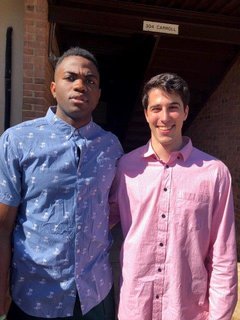
We were tasked with solving a problem facing TP Engineering located in Danbury, CT. The engineering firm has hundreds of different tools (i.e. drills, taps, end mills, etc.) which are used during the machining process to create a product. Each unique tool has a certain lifespan before it breaks and must be replaced. As it stood, TP Engineering has no means of tracking how many tools they had on site which can lead to issues if they run out of tools before ordering more. This strain on the machining process posed a real threat to the business and called for a software solution which is where we come in. Our approach to the problem was to build a system that has a database (SQLite) back-end with a graphic user interface (GUI) front-end. The database stores all the relevant information of each tool like the description, manufacture, and amount of each tool. The GUI consists of a central table that displays all the pertinent tool information from the database along with buttons to interact with the table. Functionality includes adding a tool, deleting a tool, editing a tool's information, as well as increment and decremented a tool's amount. Now, when a tool breaks, a machinist can replace the tool and decrements the amount by one in the system which will allow for dynamic tracking of the inventory at the firm. Overall, our software tracks the supply of tools at TP Engineering and allows for upper management to not be surprised when tool storage is running low, effectively fixing their main problem.
Senior Projects 2017 Senior Projects 2018 Senior Projects 2020 Senior Project 2021